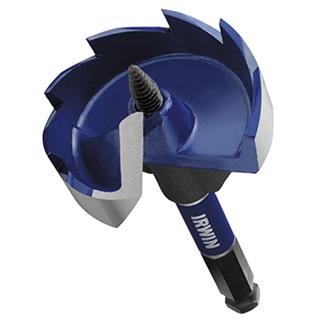RogerS
Established Member
A friend of mine is the manager at one of the Roman forts up here. They've got a larch that's been felled, very straight and about 400mm dia. They want to cut it into 1m lengths and then make a hole 120mm down the middle and about 300mm + deep. He asked me how to do it and I've not got much of an idea. Huge lathe ? Some machinery a shipwright would have ?
Any ideas ?
Any ideas ?


































